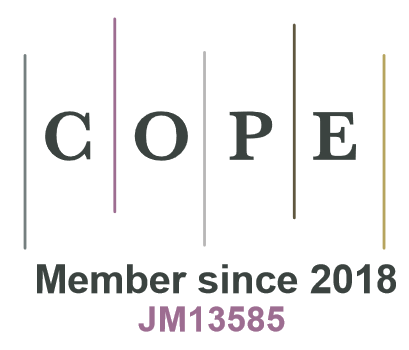Articles by Lāsma Freimane
Category : Research article
Wildfires as natural disturbances have had important impacts on terrestrial ecosystems, including forests. We studied patterns of short-term vegetation recovery after surface fire in protected hemiboreal Pinus sylvestris L.-dominated forest. Our study was carried out near Stikli village in Western Latvia. Seven forest stands – middle-age and over-mature were sampled on nutrient-poor and mesic soils. Forest fire occurred in the summer of 2018 and covered 1440 ha of forested area. In each stand we established 16 sample plots (1 m × 1 m) in a radial pattern from the center. Every summer from 2019 till 2022 we surveyed these sample plots – recorded projective cover (%) and identified Ellenberg indicator values and species traits – plant strategy groups (C-S-R after Grime), Raunkiær life history forms and habitat types. Additionally, the occurrence of specialized fire-adapted plants was recorded. In total we identified 15 species in the ground layer, 47 species in the herbaceous layer, and 9 regenerating tree species. The colonization at the ground layer was the most rapid (projective cover increased overall by 67% in middle-aged stands and by 82% in over-mature stands). Species diversity was the highest at the herb layer during the third (middle-aged stands) and fourth (over-mature stands) after fire disturbance but showed overall declining trends. Betula spp. and Populus tremula L.-dominated regenerating tree species. The dominance of fire-adapted species declined rapidly after the fire except for moss Polytrichum spp. Overall, hemiboreal over-mature stands demonstrated higher vegetation cover and more rapid rate of initial colonization compared to middle-aged stands.
Fire is a common disturbance in boreal forests causing changes in biological diversity at various spatial scales. In the past 100 years, forest management has limited fire outbreaks, but in the future, the fire-affected forest area is expected to increase in many regions due to climate change. Burned forests are typically salvage-logged, but the effect of this type of management versus natural regeneration on biological diversity is not well understood, particularly the mid-term effect to tree establishment and understory vegetation composition and diversity. Various management methods were used after a large fire in 1992 in a peatland-forest complex and neighbouring managed forests, which created an experimental setup for study of the effect of management after fire in the Sliteres National park, northwestern Latvia. Understory vegetation was described in plots using a design of four forest and three management types: natural regeneration (unmanaged) and managed sites with salvage logging followed by no further human intervention and salvage logging with planting. Post-fire management had different effect in each forest type. Species richness was higher in forest types with salvage logging than in natural regenerated sites on rich wet and rich dry forest types, but not for the poor forest types. Tree regeneration was generally greater in salvage-logged stands, but differed between forest types. Species composition was related to tree regeneration and canopy openness. In contrast to other studies, salvage logging had a positive mid-term effect to ground vegetation diversity and tree establishment in the studied stands, implying potential for concomitant management and conservation of ground cover vegetation in semi-natural stands.



